AR-15 vs. AR9: Parts Comparison (Picture Guide)
Posted by Gunbuilders.com on Oct 24th 2024
The AR9 is practically still an AR-15. In fact, most of its components are regular ole' AR-15 parts. But some components are unique to the 9mm platform. We get a lot of questions from customers about parts compatibility, and how the AR9 works. Here's a detailed comparison (with plenty of photos) to showcase the differences (and similarities) between the AR-15 and AR9.
AR9 vs. AR-15 Lower Parts
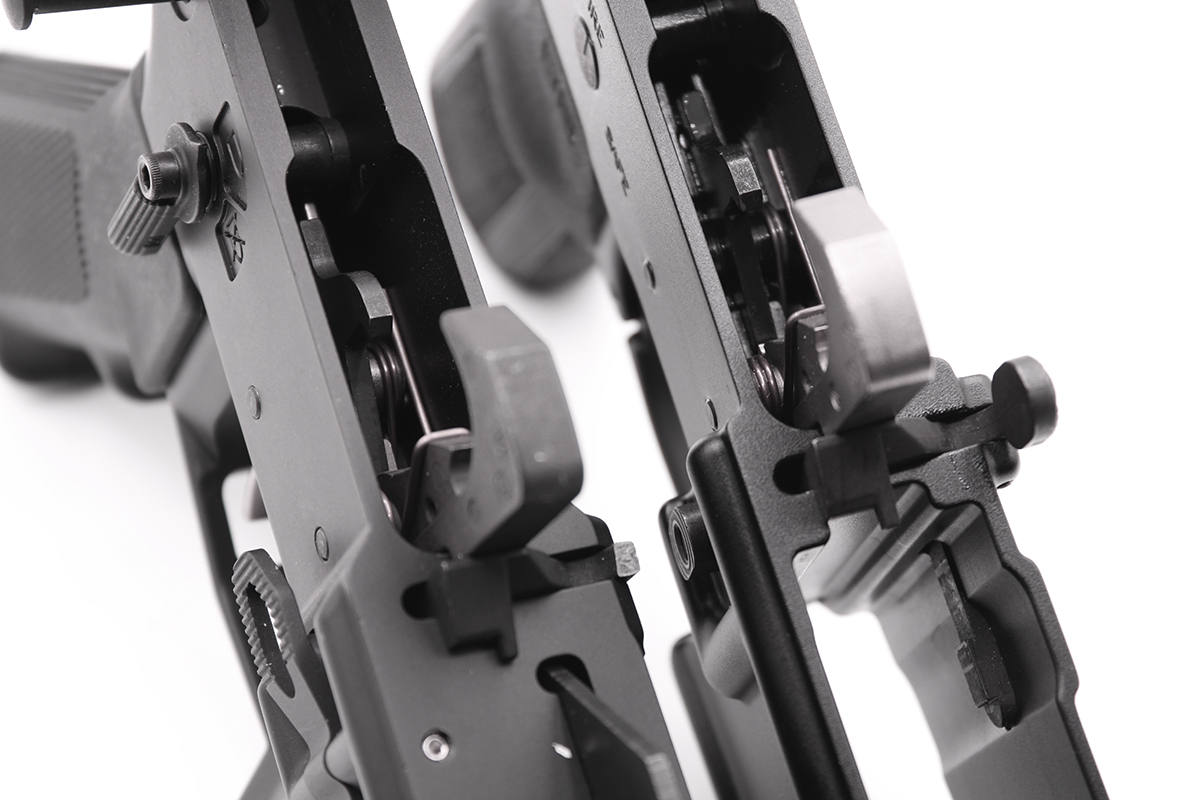
Most questions about AR9 and AR-15 parts compatibility concern the lower receivers. Both platforms' lowers share the following fire control components:
- Bolt Catch
- Disconnector
- Disconnector Spring
- Hammer
- Hammer Pin
- Hammer Spring
- Safety Lever*
- Trigger
- Trigger Pin
- Trigger Spring
*Note the AR9 (pictured left, above) has an upgraded ambidextrous safety lever installed.
AR9 vs. AR-15 Buffer Assemblies
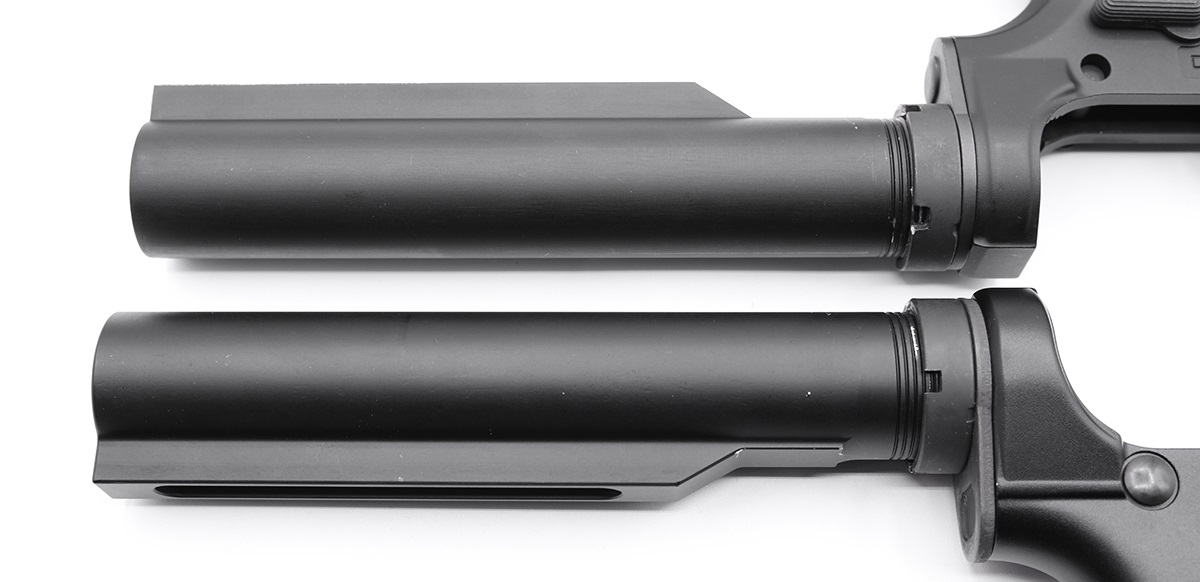
Outside the fire control cavity, the AR9 and AR-15 lowers' buffer assemblies also share the following components:
- Buffer Tube
- Castle Nut
- Latch Plate

Contrary to popular belief, the AR9 and AR-15 buffers and recoil springs are not the same. Although one can technically operate the AR9 with an "H4", or heavy (6.5-ounce or greater), AR-15 buffer and bolt, the shorter 9mm bolt may travel too far rearward in the buffer tube, causing excessive felt recoil and unreliable cycling.
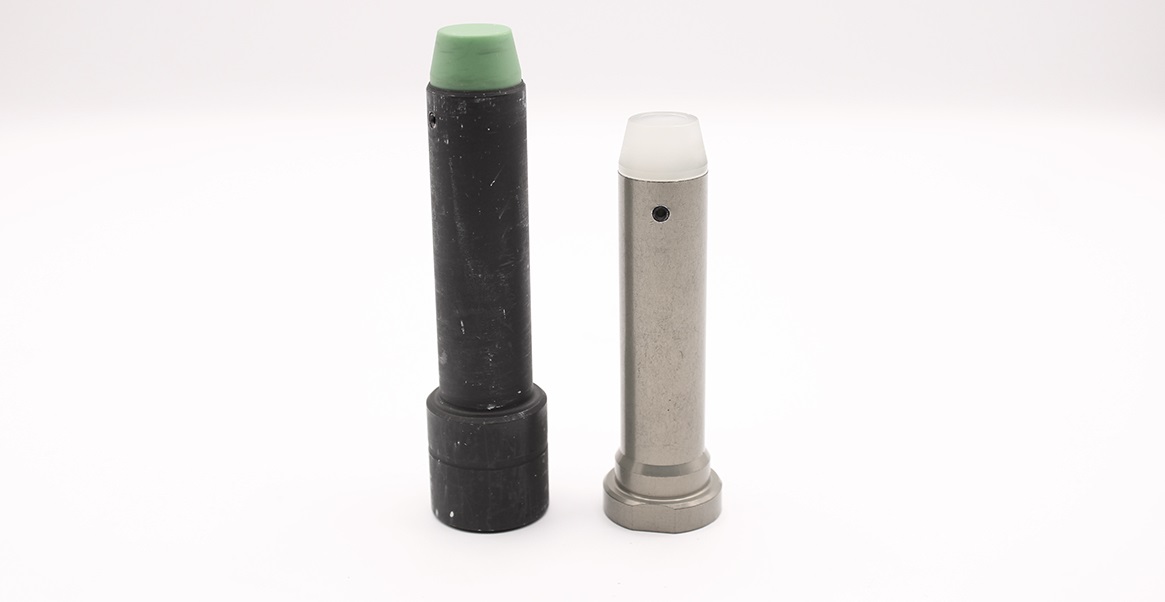
The AR9 buffer is physically longer than the AR-15 buffer. The AR9's recoil spring is also shortened slightly to compensate for the buffer length and bolt travel.
AR9 vs. AR-15 Magazines & Mag Catches
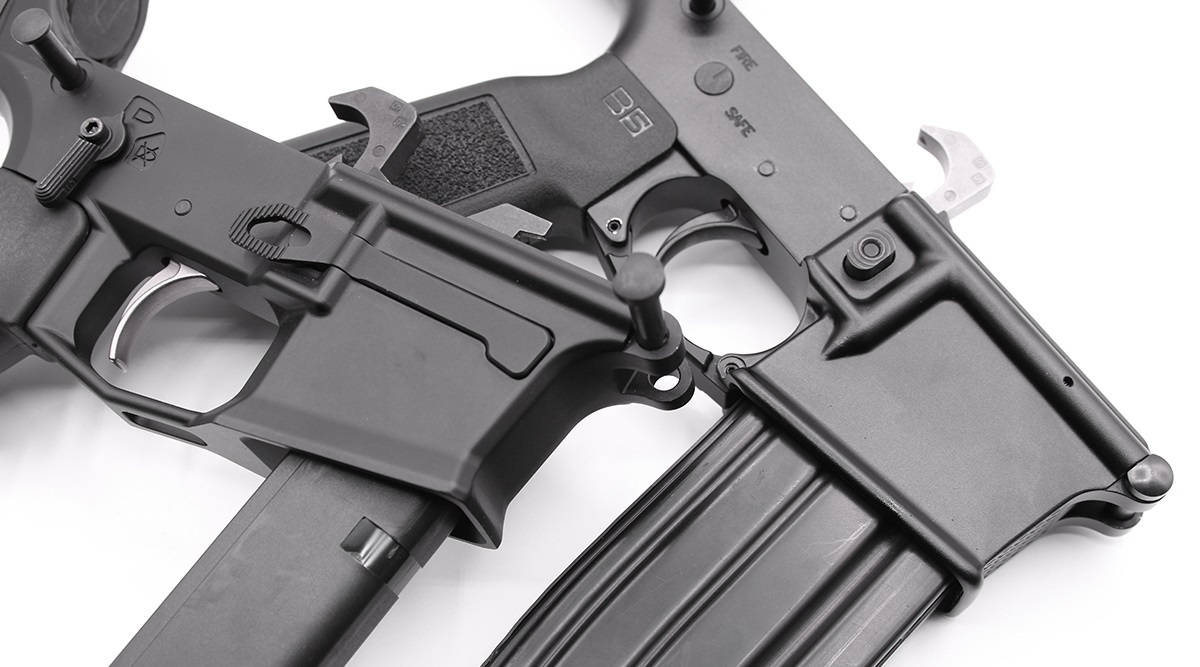
The similarities between the lowers ends at the magazine well: The AR9 uses 9mm GLOCK magazines, with a shorter, wider well to accommodate these double-stacked magazines.
The magazine catch is also modified, featuring a right-side catch operated by a large release paddle, in contrast to the AR-15's left-side catch and button-pressed release. Because of this drastic change in configuration, no magazine catch components are interchangeable between the AR-15 and AR9.
AR9 vs. AR-15 Ejectors
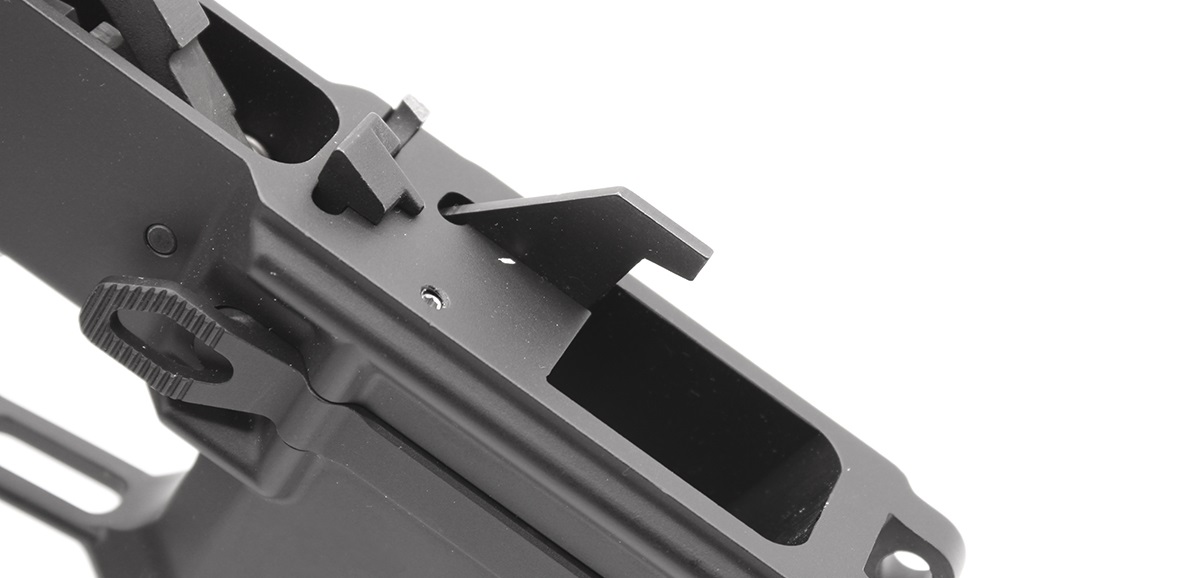
Unlike the AR-15's bolt-mounted, spring-actuated ejector, the AR9 static ejector is also fitted to its lower receiver, just behind and to the left of the magazine well.
AR9 vs. AR-15 Upper Parts
Like the AR-15 and AR9 lowers, these two platforms share plenty of upper components. Although the 9mm cartridge operates using a different gas system entirely -- it operates via direct blowblack, so there is no need for a gas block or gas tube -- both ARs share the same stripped upper receiver.
AR9 vs. AR-15 Upper Receivers
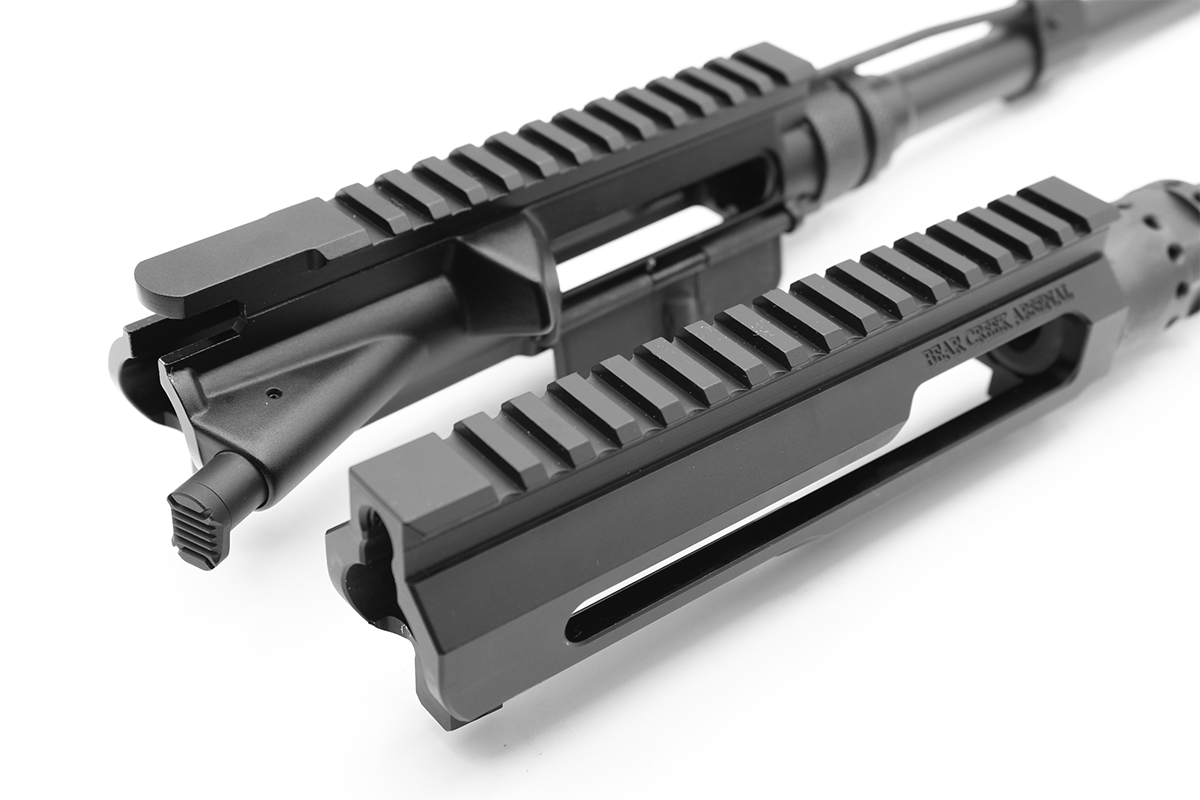
Pictured above, left, is the AR-15 upper. Above and right is the AR9 upper. The 9mm upper is a side-charging upper, though this receiver can be used to assemble a standard AR-15 chambered in 5.56, .223, 300 Blackout, or any other AR-15 cartridge.
AR-15 vs AR9 Bolts
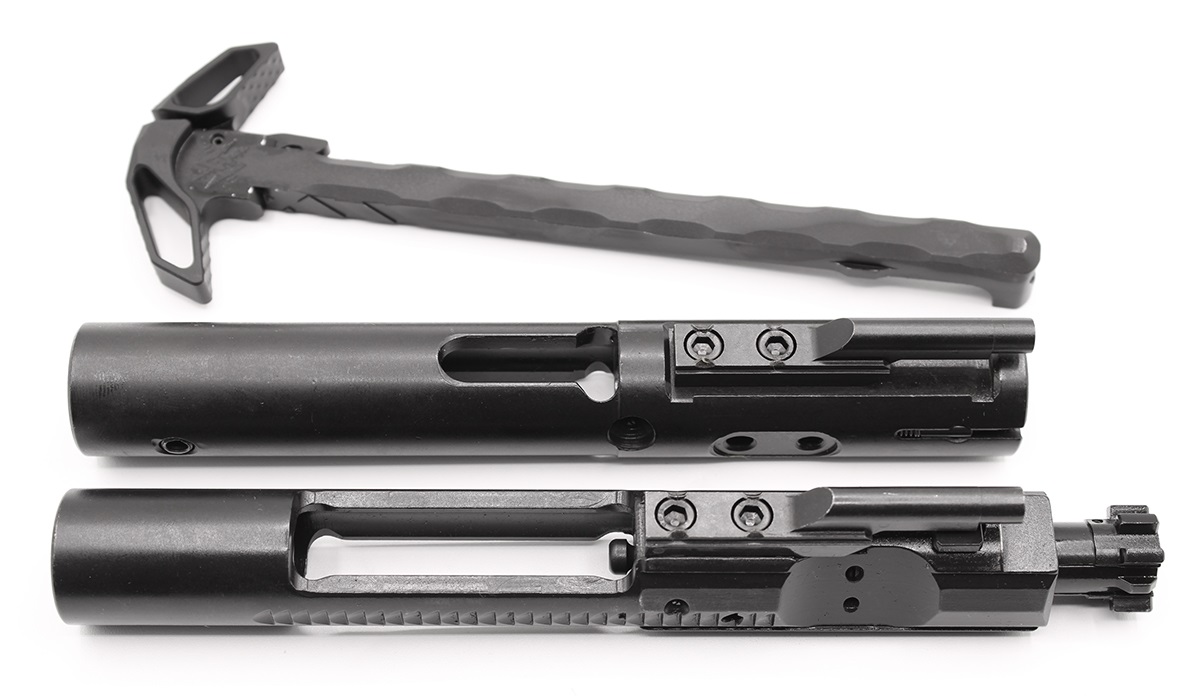
The AR9's blowback functionality requires a heavier, one-piece, non-rotating bolt (pictured above, top).
Below it is the conventional two-piece, delayed, locking and rotating bolt carrier group found in the AR-15. Because the AR9 produces a significantly higher initial chamber pressure that increases the force imparted on the bolt, the AR9's bolt requires more mass to reduce recoil impulse and bolt speed.
Shown below is the solid steel plug inserted into the rear of the 9mm bolt to add mass.
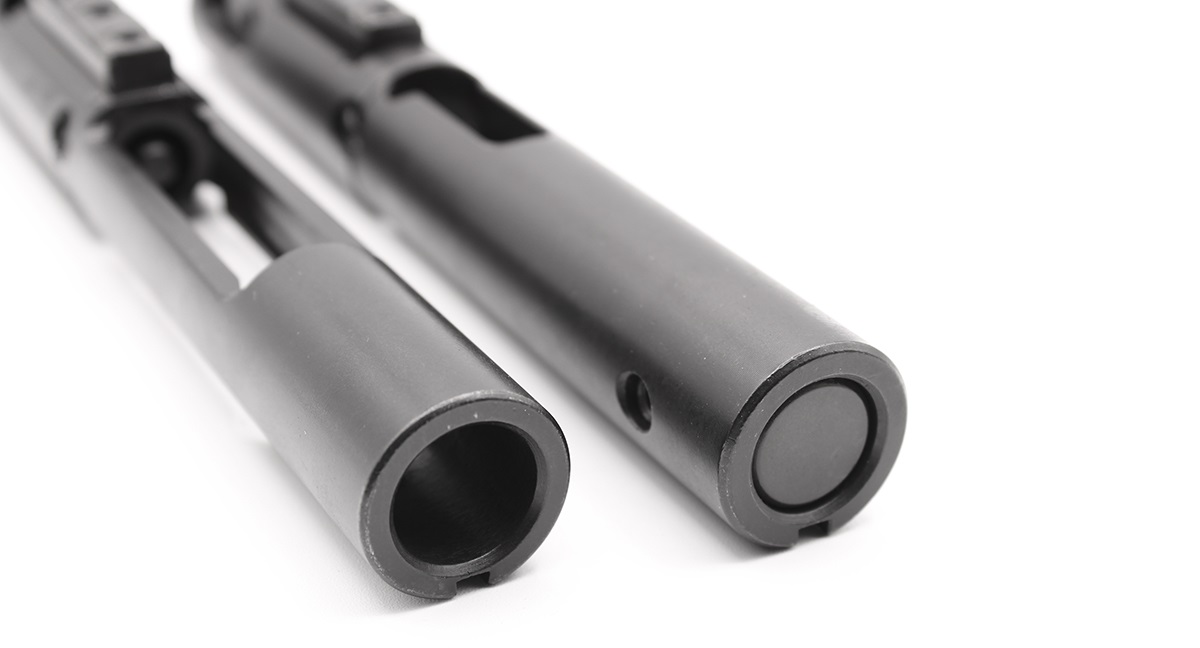
Despite these differences in bolt design and functionality, the AR9's bolt still maintains dimensions identical to that of the AR-15's bolt carrier.
The 9mm bolt's length and diameter being identical to the AR-15's bolt carrier is what allows it to remain compatible with the AR-15 stripped upper receiver and buffer tube.
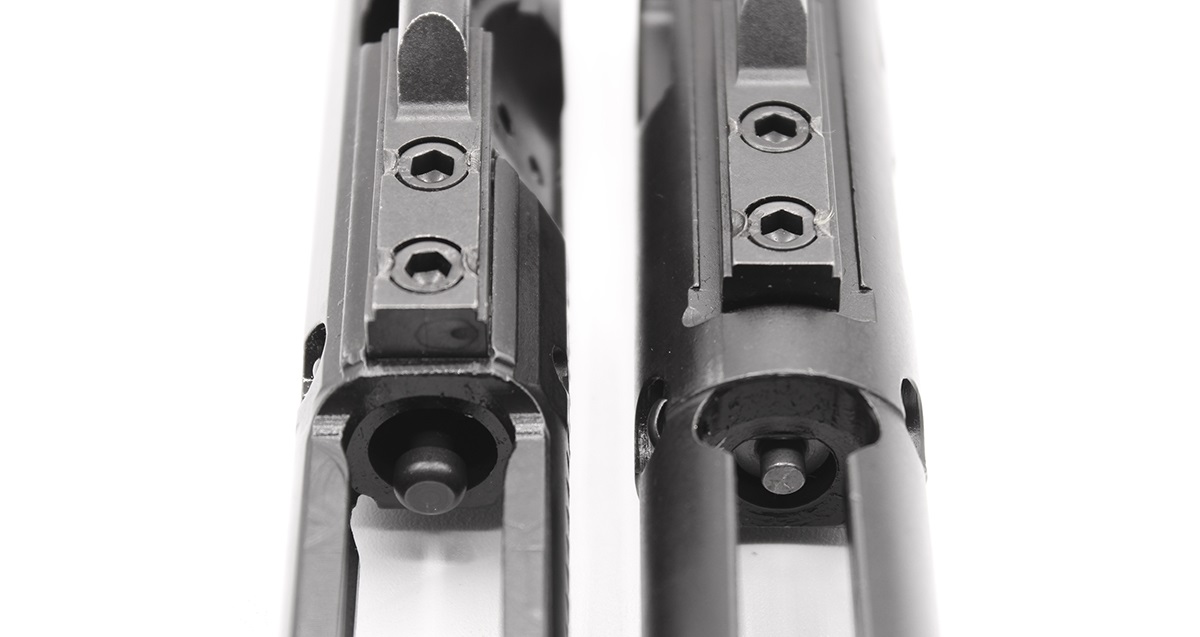
The AR9 bolt requires a heavier firing pin (pictured above, right). The 9mm firing pin is held in place with an AR-15 retainer pin but, unlike the AR-15 pin, the 9mm pin also incorporates a captured spring to dampen the shock the pin experiences during ignition.
The 9mm bolt also comes with a non-functioning gas key. The gas key is only present to align the bolt in the upper receiver when it cycles, to ensure the extractor at the bolt face can function properly.
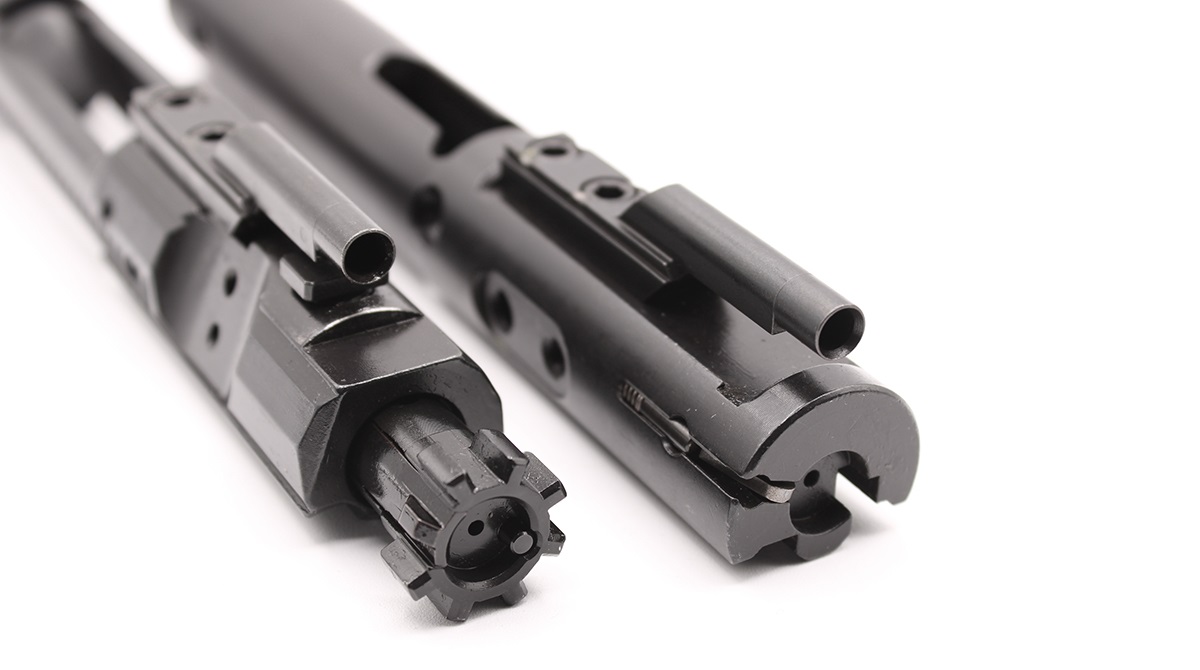
The AR9's bolt is also compatible with standard AR-15 charging handles -- though the example above uses a custom handle attached to the right side of the bolt (not pictured) to provide side-charging functionality.
AR9 vs. AR-15 Barrels

Given the stark differences in both platforms' bolts, it's not surprising the AR9 barrel extension differs noticeably from the AR-15's. Because the 9mm bolt neither locks nor rotates within the extension, there is no "star chamber". And because the 9mm cartridges burns its powder rapidly, producing much higher peak pressures, the chamber is significantly thicker.
The outer diameter and length of the 9mm barrel extension still maintains the same dimensions as its 5.56/.223 counterpart. This is necessary to allow the 9mm barrel to remain compatible with the AR-15 stripped upper receiver, while also allowing the 9mm bolt to remain the same length as the AR-15's bolt carrier.
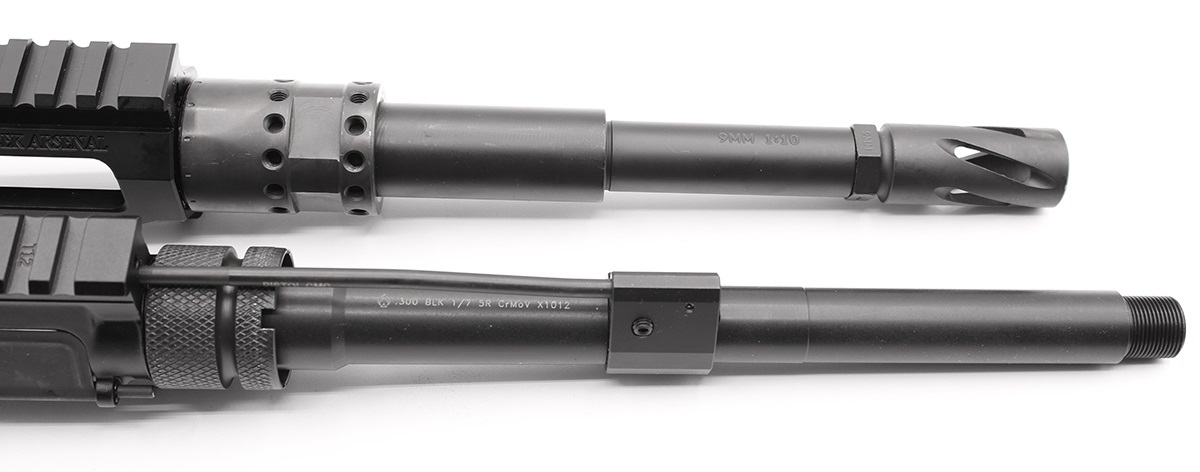
Because the AR9's barrel extension fits the AR-15's stripped upper receiver without modification, it still uses the same barrel nut. This provides greater compatibility with standard AR-type handguards.
IMPORTANT: Although many AR9 barrels have the same thread pitch as the AR-15's standard barrel (1/2x28), the inner diameter of the typical 5.56/.223/300 BLK muzzle device is too narrow for the 9mm round to pass through it.
When installing a muzzle device on the AR9, it's important to ensure you're purchasing a device specifically intended to accommodate the 9mm bullet's diameter. Usually, a 9mm muzzle device's inner diameter will be at least 0.0375" (3/8").
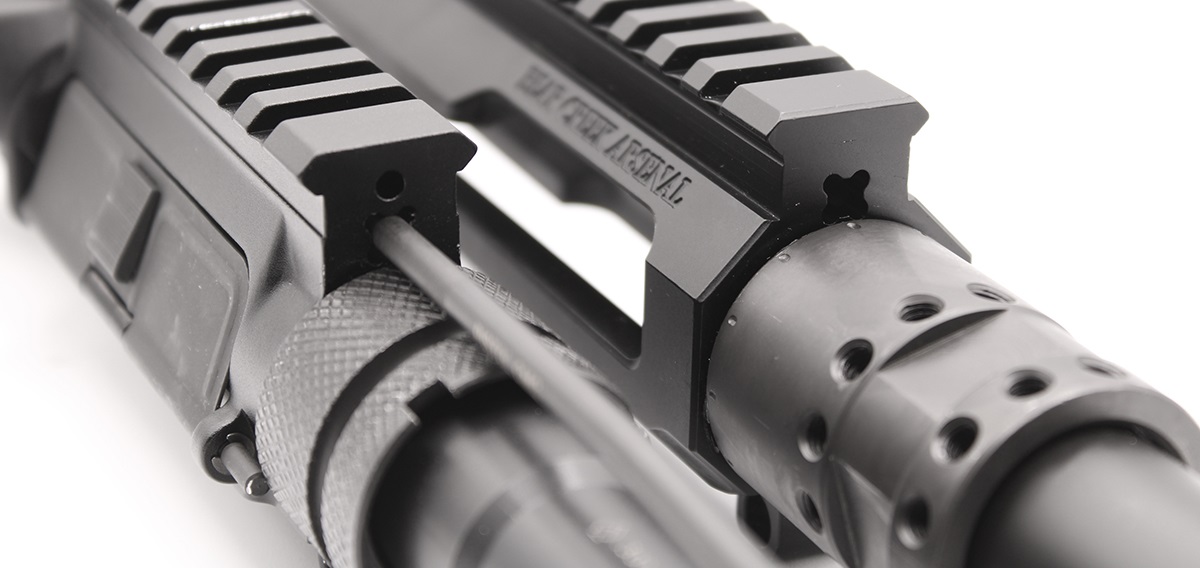
Because the AR9 functions with blowback, there will be no gas block nor gas tube present in the upper assembly. In this case, the stripped upper receiver's gas tube hole simply remains open and unused.
AR9 vs. AR-15 Parts Compatibility Recap
To quickly recap what was covered above, these are the components that are, and are not, interchangeable between the AR9 and AR-15 platforms:
Lower Parts Shared Between The AR9 and AR-15
- Bolt Catch
- Buffer Tube
- Castle Nut
- Disconnector
- Disconnector Spring
- Front Pivot Pin
- Hammer
- Hammer Pin
- Hammer Spring
- Latch Plate
- Pistol Grip & Screw
- Rear Takedown Pin
- Safety Selector Lever
- Trigger
- Trigger Guard
- Trigger Pin
- Trigger Spring
Lower Parts Unique To The AR9
- Buffer
- Ejector
- Magazine Catch
Upper Parts Shared Between The AR9 and AR-15
- Barrel Nut
- Charging Handle
- Handguard
- Stripped Upper Receiver
Upper Parts Unique to The AR9
- Barrel
- Barrel Extension
- Muzzle Device
Ready to Build Your Own AR?
Now that you know the differences between the AR9 and AR-15, it's time to put one (or the other) together!
DISCLAIMER: If you are new to the world of DIY gun building, you likely have a lot of questions and rightfully so. It’s an area that has a lot of questions that, without the correct answers, could have some serious implications. At GunBuilders.com, we are by no means providing this content on our website to serve as legal advice or legal counsel. We encourage each and every builder to perform their own research around their respective State laws as well as educating themselves on the Federal laws. When performing your own research, please be sure that you are getting your information from a reliable source.

